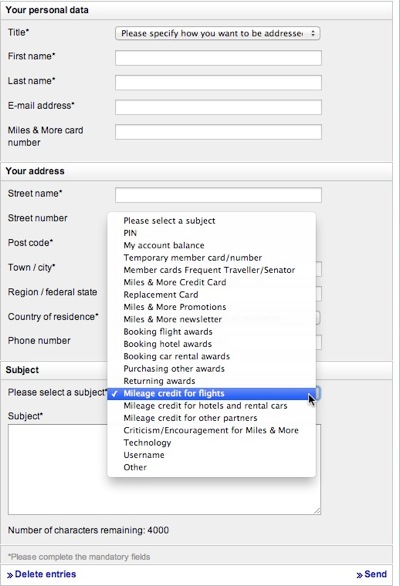Window washing is one of the few home chores that my wife and I have outsourced to a services company.
To schedule an appointment with such a company, you usually call them, hope that you don’t spend too much time in the phone queue, and keep your fingers crossed that they have an open slot for you soon.
There’s a better way.
During their visit last fall, our window washer asked whether they should put us on their calendar for this spring. We agreed, and eventually forgot about it entirely. Then, this spring, the company’s owner called and left a message on my phone.
He told me that they had put us on their calendar and would show up at our house in exactly two weeks. If that appointment would work for us, there would be nothing for us to do. If we needed to move the appointment, though, I should just call him back at my convenience.
A business call that focuses on the customer’s needs
Thanks to his call, there was no need for us to remember to make that appointment. By suggesting a date and time in the voice message, we could instantly check our calendars for any conflicts. And any necessary adjustments were just one call away, because we could talk directly to the person who made it.
What’s more, had I accepted the call, we could have made any necessary adjustments right then and there.
For us, two weeks’ advance notice is usually enough to make room in our schedule. This was also the case with this appointment. Consequently, all we had to do was check our calendars and add the appointment. Done!
Two days before the appointment, I received a quick confirmation call. On the day-of, the window washing crew arrived and rounded off this great customer experience with excellent work.
A great “design” for both customer and business
This process not only works great for the customer, but also for the company:
-
Putting appointments on their calendar for the next service period ensures that customers don’t skip an appointment, thus ensuring (repeat) income for the company.
-
Taking initiative by suggesting a date and time instead of having their customers do so, likely allows the company to more tightly pack their calendar.
- Instead of having to respond to countless incoming calls from customers, they can bundle outgoing calls into a an hour, or so, per day, making the whole process much more efficient for them.
Compared to the call center hell that we usually go through these days, it is refreshing to experience a customer-to-business communication that just works. And it works for both parties. Which begs the questio: Why is this the exception, and not the rule?


